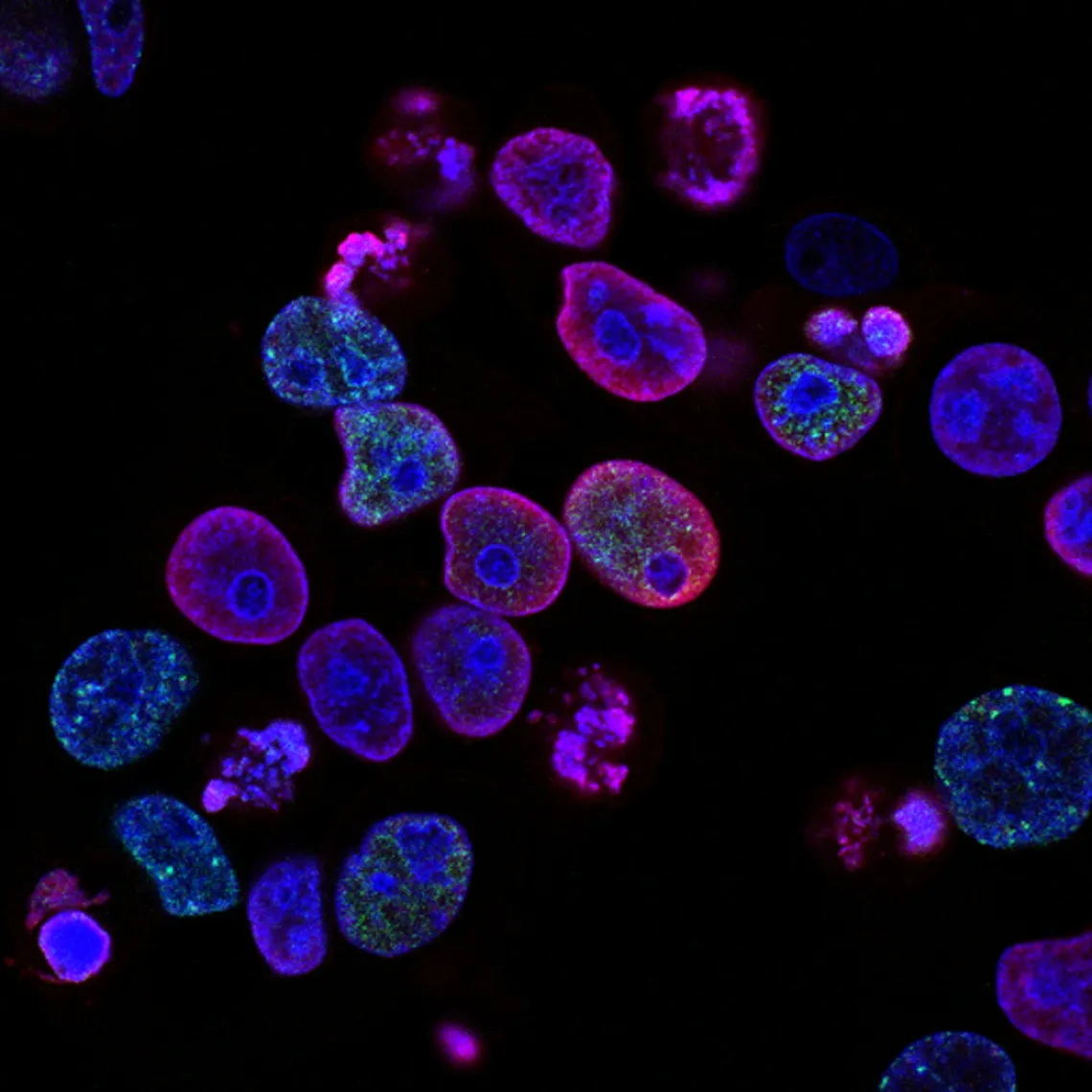
Angiogenesis is defined as the formation of new blood vessels from pre-existing vessels. The smallest blood vessel is the capillary. Typically, the formation of new blood vessels from a pre-existing blood vessel occurs because of the migration and division of a specialized type of cell known as the endothelial cell-which is found on the inside of the blood vessel. Angiogenesis occurs normally in most physiological events. E.g. If you injure yourself, the healing of the wound includes new blood vessels forming. Angiogenesis appears every month during menstrual cycles when new blood vessels have to grow in the endometrium i.e., the inner lining of the uterus.
In tumors on the other hand, this abnormal angiogenesis results in tumor cells multiplying, invading, and spreading to different sites. Typically, any tumor will not grow bigger than the size of a pea up to a point. This is because even if the tumor cells try to grow, they do not get the oxygen and nutrients they require. So, growth will be inhibited, and the tumor cells start dying.
However, after a point these tumor cells start to secrete proteins like angiogenic factors. These factors trigger angiogenesis. They trigger the branching out of the pre-existing blood vessels which begins dividing and proliferating. These new blood vessels feed the tumor and help it grow. Some aggressive tumors can grow very big in a short period and spread to other organs.
Switching angiogenesis on and off typically is a balancing act. Almost all tissues have proteins which trigger or stop angiogenesis. So, this balancing act between anti-angiogenic factors versus angiogenic factors is what decides the fate of that cell or tissue.
The blood vessels that form in tumors are abnormal unlike normal tissues where the branching network of blood vessels is very systematic and organized. This is completely opposite in tumor cells where the vasculature is disorganized and leaky. Some of the sections of the blood vessels are very thick and some are thin.
This results in serious consequences to the tumor cells. The tumors become very hypoxic and as a result very acidic. All of this increases the chances that these cancer cells will spread to other organs. The disorganized vasculature results in some parts of the tumor having a lot of blood vessels present while some parts might have very little blood vessels. As a result, the chemotherapeutic drugs or radiation given do not work on all the tumor cells equally. This results in resistance to chemotherapeutic drugs.
Tumors must secrete the vascular endothelial growth factor (VEGF) for angiogenesis to take place. VEGF attaches to receptors on the surface of endothelial cells. When this receptor is activated by VEGF binding to it, it activates the endothelial cells. These endothelial cells then secrete other factors and can also lead to the activation of proteases. Proteases are enzymes that digest protein. These proteases begin to digest the surrounding protein, making space for the cancer cells to move into the surrounding stroma.
The activation of the endothelial cells by VEGF also leads to the activation of another class of receptors called the integrins. Integrins help the endothelial cells move towards the tumor and form new blood vessels. So that’s how tumor cells start to metastasize. The tumor cells also secrete other factors like platelet derived growth factor (PDGF). PDGF activates receptors in the stroma, which is composed of supporting cells.
There are several anti-angiogenic drugs, the most well-known is Avastin (Bevacizumab). Avastin targets VEGF and blocks it. It is used for treating lung cancer, colon cancer, glioblastoma, and renal cell carcinoma.
Did you find my article “Tumor Angiogenesis: How It Helps Tumors Grow and Metastasize” helpful or know somebody who would? I’d really love it if you could share it.



